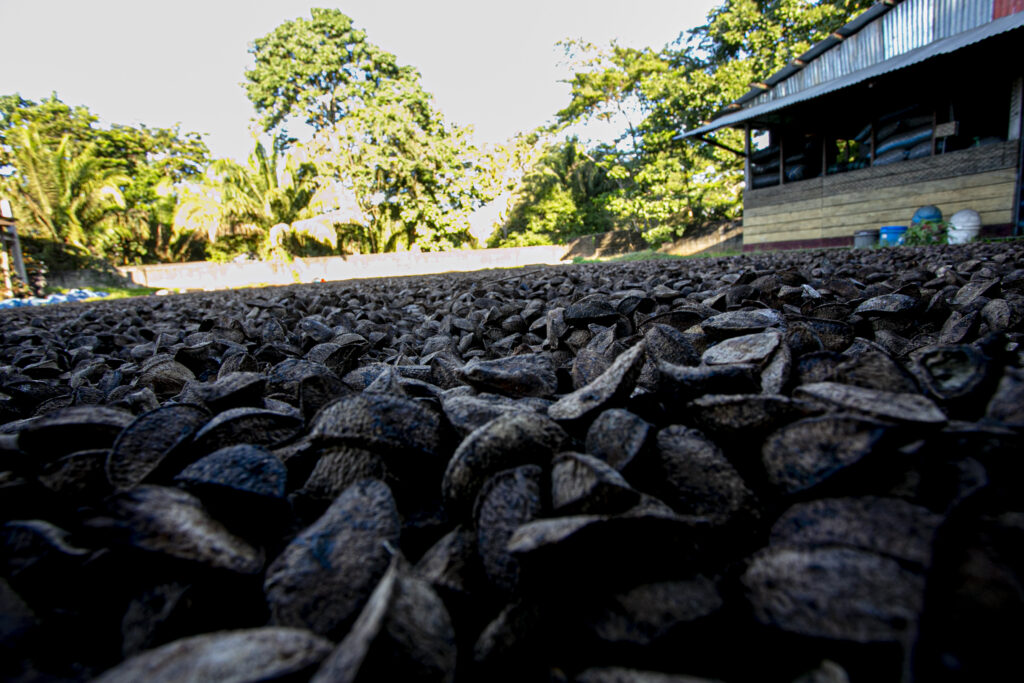The concept of a circular economy is now widely discussed, yet the knowledge and understanding of its characteristics remain rather limited. According to one of the most accredited definitions: “A circular economy is one where the value of products, materials, and resources is maintained in the economy for as long as possible. All outputs of a process are inputs for another.”
In the Amazon Rainforest, one of the most important places for the regulation of the climate and biological cycles of the entire planet, CESVI has been present for over 30 years with projects aimed at empowering native communities, transforming them into true “guardians of the forest” to protect the surrounding environment.

Precisely in this lung of the world, thanks to European Union funding, the “Amazonia V.E.R.D.E.” project has been launched, actively involving local communities in the protection and sustainable management of natural resources. Through the promotion of sustainable agricultural practices, the responsible management of forest resources, and the active involvement of local communities, we create economic opportunities without damaging the environment, reducing the consumption of virgin materials as much as possible. This way, we put the concept of a circular economy into practice.
The “castañaeros” (collectors of the fruit known as Brazil nuts here called Amazon nuts) of the Tambopata National Reserve and the Bahuaja Sonene National Park, have learned to process and market every part of the nut, transforming it into products for cosmetics and cooking. In the Marontoari community, the sustainable breeding of stingless golden bees (melipona) is promoted: previously, honey was collected in the wild by destroying the hives. Today, beekeepers divide and construct nests instead of relying on honey found in the forests, thus harming the bees. The women’s artisan associations in the native community of Palma Real utilise 100% of the cocoa, aguaje, and ungurahui fruit. Lastly, the Boca Pariamanu Native Community, thanks to the intervention, is opening up to sustainable tourism and has established a community nursery, agroforestry systems, and composting systems.

But why is it so important to make the most of the gifts of the Amazon Rainforest, reducing waste?
The native communities must make a choice: sell off the forest for immediate gains or conserve it to ensure a sustainable future. In Peru, this challenge is arduous; from 2001 to 2015, an average of 120,000 hectares of forest per year were eroded, an unsustainable rate. Deforestation in the Amazon is not just a local issue but has global repercussions. The Amazon, besides being a natural lung of the world, plays a crucial role in absorbing significant amounts of carbon, thus contributing to mitigating climate change. The loss of forest compromises this capacity, increasing greenhouse gas emissions and accelerating global warming.

Preserving the Amazon is not just an environmental issue but a shared responsibility towards future generations. Our planet depends on the fragile balance of these ecosystems and protecting the forest means protecting the very heart of the Earth. With projects “Amazonia V.E.R.D.E.”, we can work together to build a future where humans and nature can thrive in harmony.


